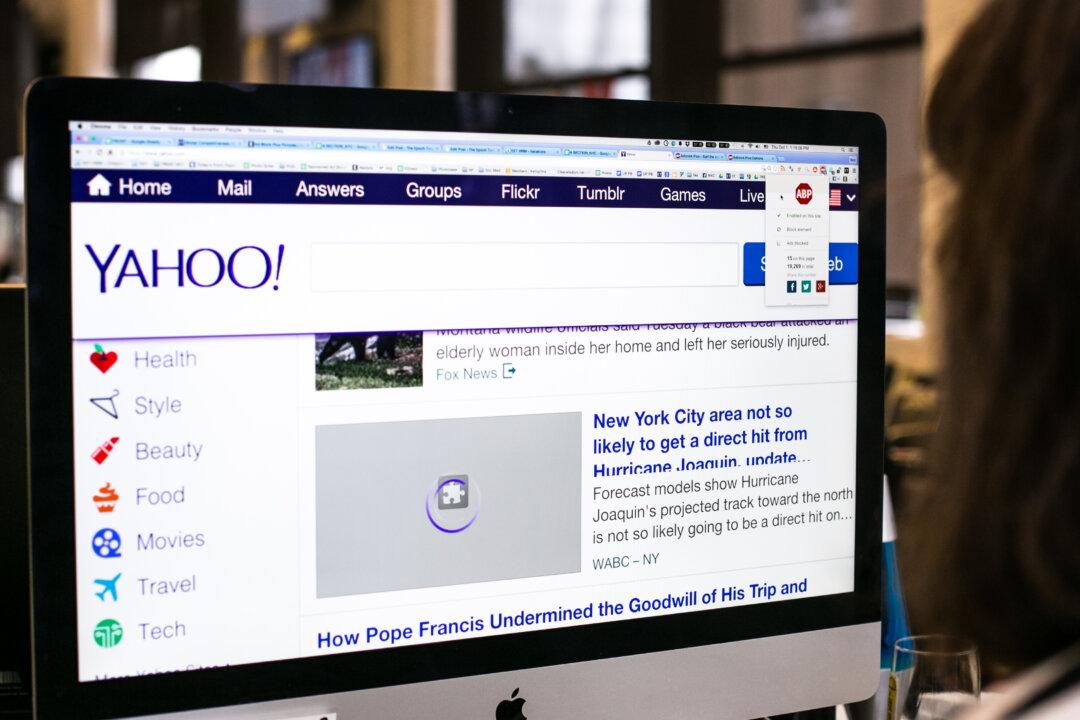Some mobile networks are about to crack down on what they deem to be annoying ads. The U.K. mobile network carrier O2 is looking to introduce an ad-blocking feature for its users, according to Business Insider, making it the second carrier this week to announce possible plans for deploying ad-blocking technology.
The U.K. carrier EE said earlier this week that it was doing a review of features that give customers control over what ads they see. The goal of both these initiatives isn’t to block ads completely, but to improve the browsing experience and reduce excessive data usage stemming from bloated ads.
“We are holding ourselves to the highest standards with our own advertising,” O2’s managing director of digital commerce Robert Franks told BI. “We are looking at these technologies to see if they can help our customers with some of the bad practices and disruptive experiences that are happening.”





